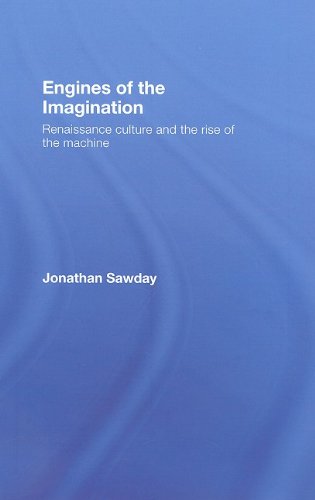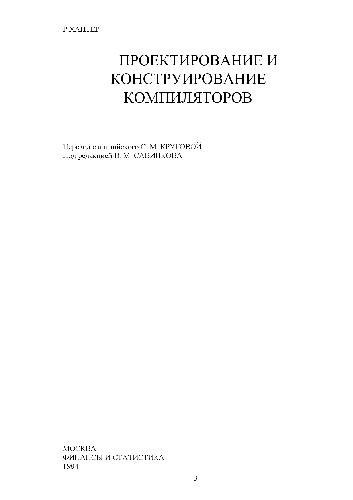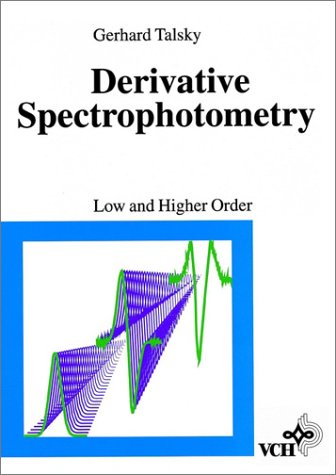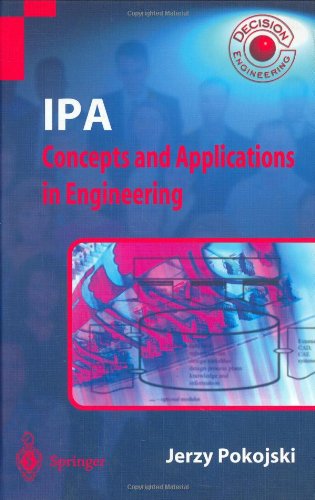Jonathan Sawday9780415350617, 9780415350624, 0415350611, 041535062X, 0203696158, 9780203696156
The aesthetic and intellectual dimension of these machines appealed to familiar figures such as Shakespeare, Francis Bacon, Montaigne, and Leonardo da Vinci as well as to a host of lesser known writers and artists in the sixteenth and seventeenth centuries. This intellectual engagement with machines in the European Renaissance gave rise to new attitudes towards gender, work and labour, and even fostered the new sciences of artificial life and reason which would be pursued by figures such as Descartes, Hobbes, and Leibniz in the seventeenth century.
Writers, philosophers and artists had mixed and often conflicting reactions to technology, reflecting a paradoxical attitude between modern progress and traditional values. Underpinning the enthusiastic creation of a machine-driven world, then, were stories of loss and catastrophe. These contradictory attitudes are part of the legacy of the European Renaissance, just as much as the plays of Shakespeare or the poetry of John Milton. And this historical legacy helps to explain many of our own attitudes towards the technology that surrounds us, sustains us, and sometimes perplexes us in the modern world.
Table of contents :
BOOK COVER……Page 1
TITLE……Page 4
COPYRIGHT……Page 5
CONTENTS……Page 6
1 THE RENAISSANCE MACHINE AND ITS DISCONTENTS……Page 24
2 PHILOSOPHY, POWER, AND POLITICS IN RENAISSANCE TECHNOLOGY……Page 54
3 THE TURN OF THE SCREW: Machines, books, and bodies……Page 93
4 WOMEN AND WHEELS: Gender and the machine in the Renaissance……Page 148
5 ‘NATURE WROUGHT’: Artifice, illusion, and magical mechanics……Page 189
6 REASONING ENGINES: The instrumental imagination in the seventeenth century……Page 230
7 MILTON AND THE ENGINE……Page 280
8 THE MACHINE STOPS……Page 317
NOTES……Page 342
INDEX……Page 408







Reviews
There are no reviews yet.